

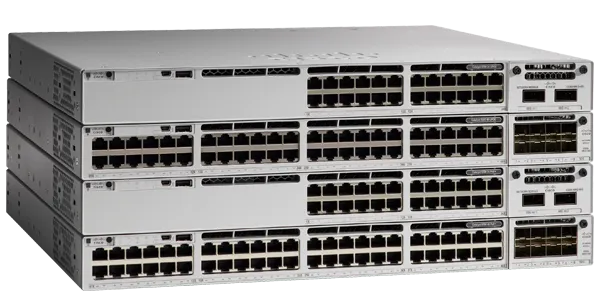
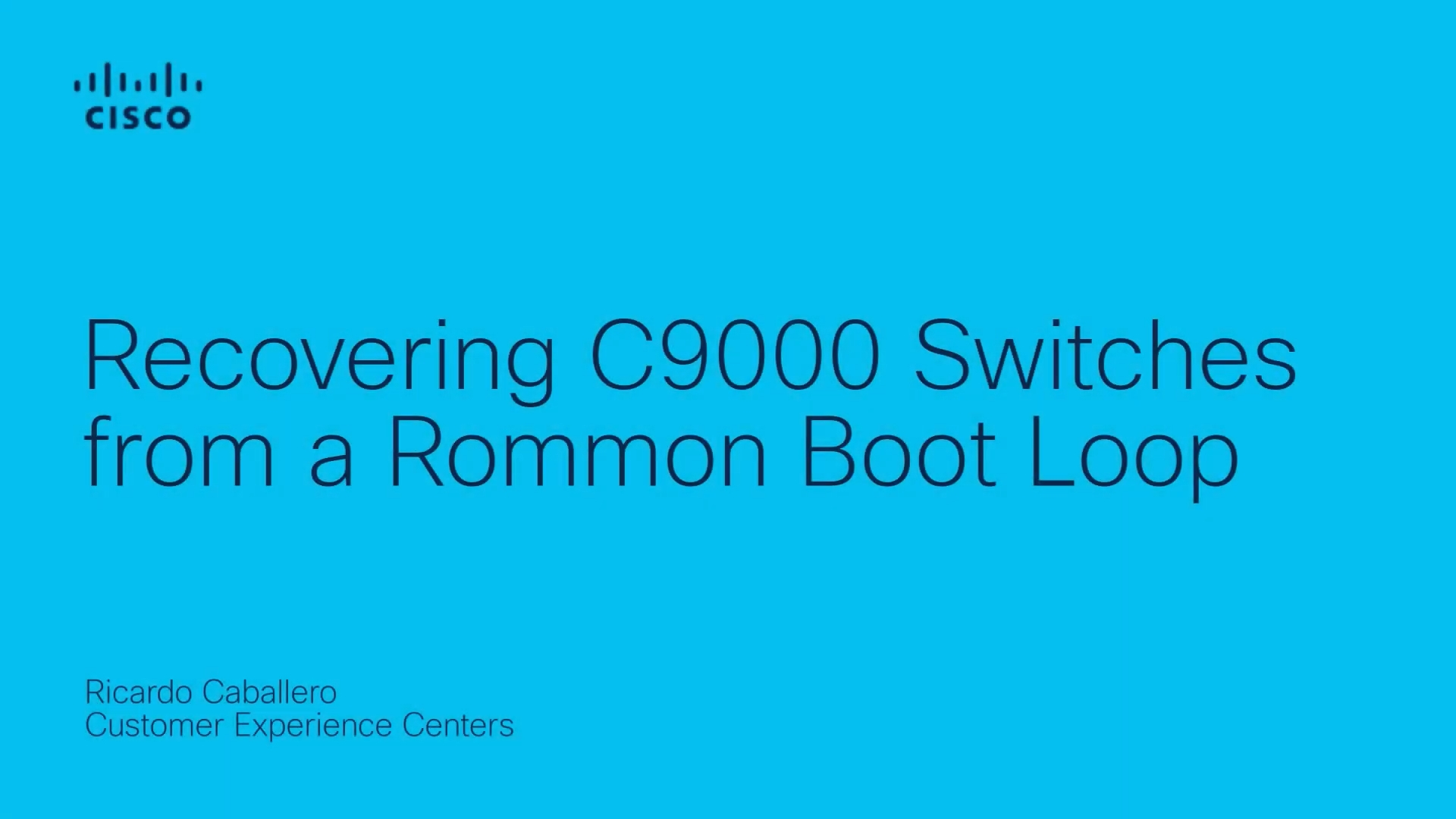
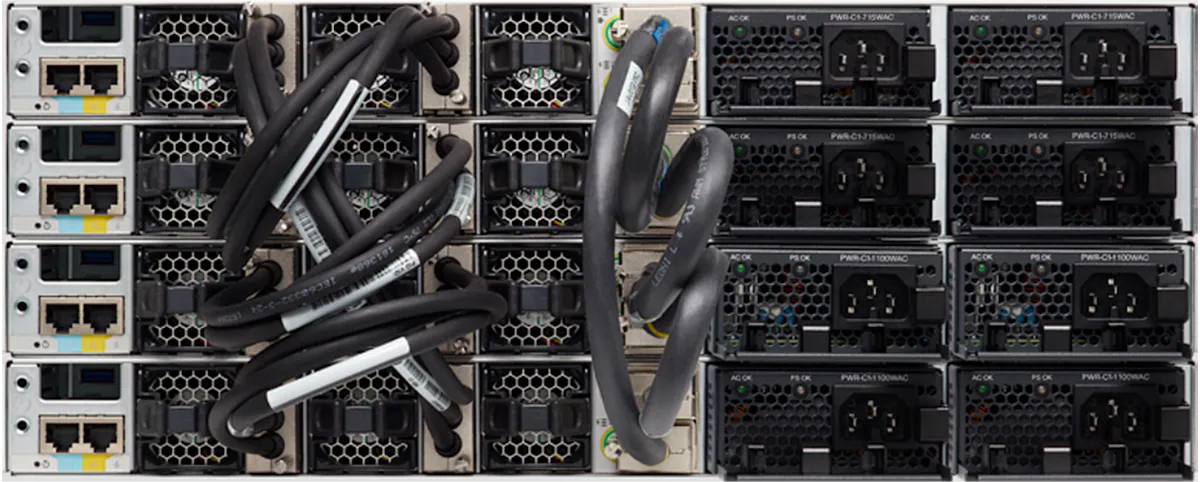
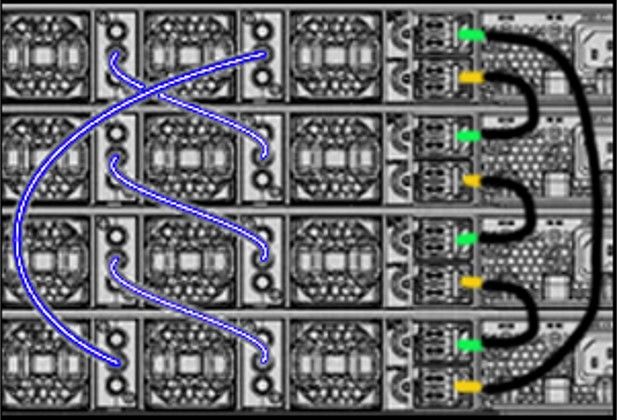

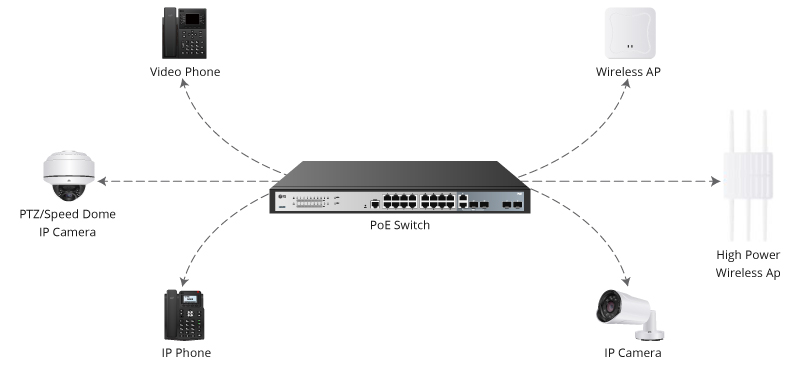






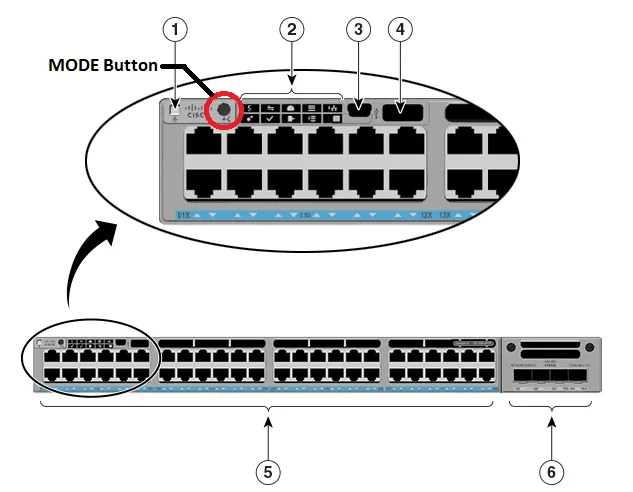




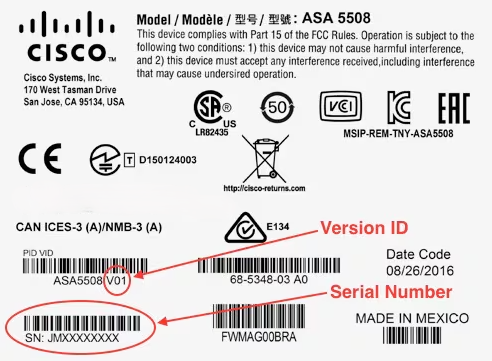
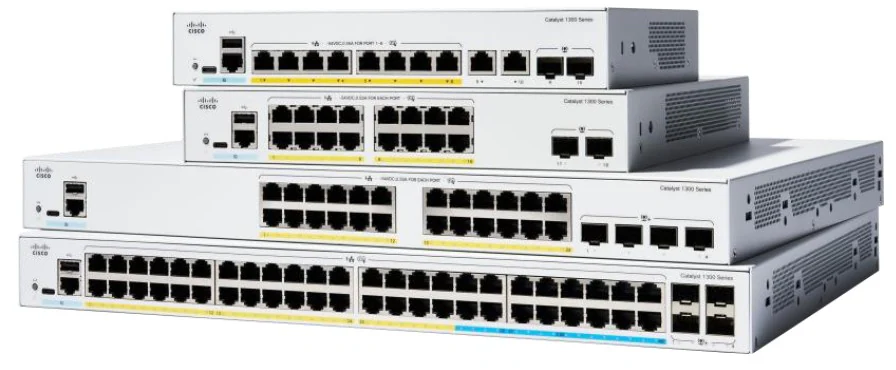


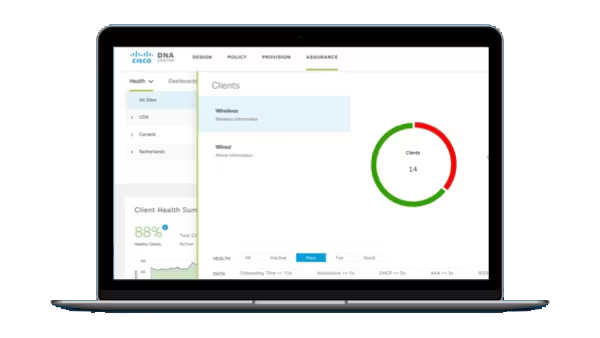
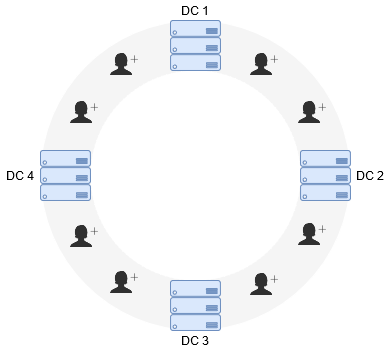

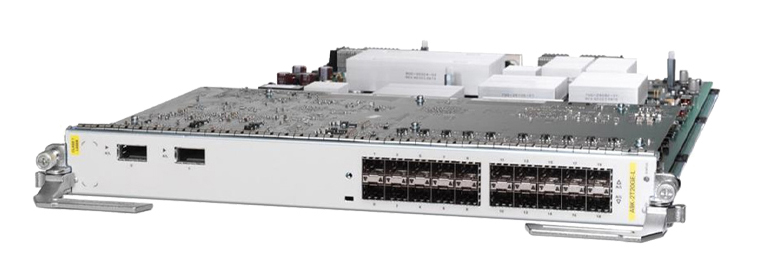


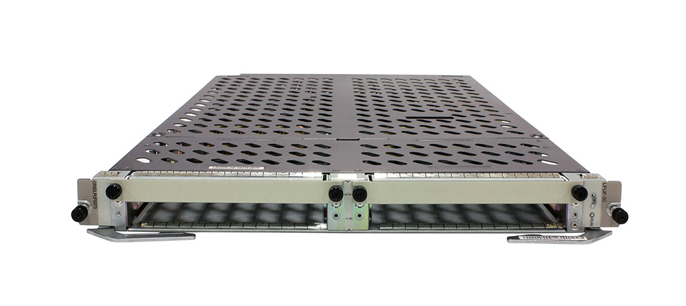
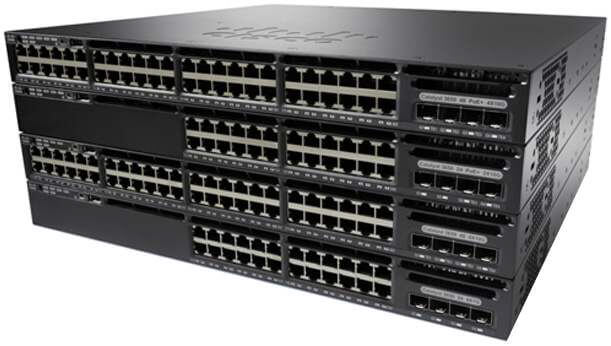
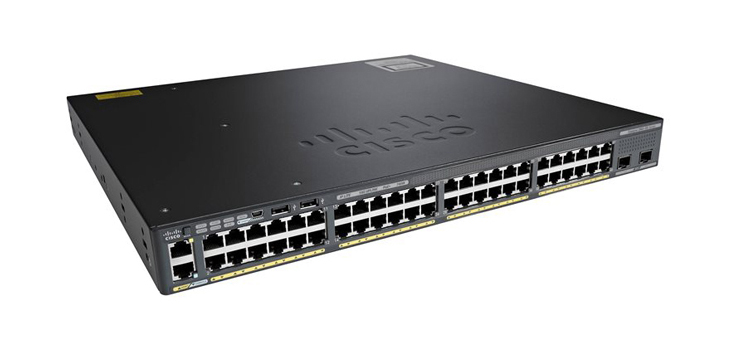
Network|Plug-and-Play allows switches, routers, and wireless access points to be on-boarded to the network. An agent in the device, connects to Cisco DNA center and downloads the required software and device configuration.
In order for this to be truly zero-touch, a network connection is needed. For AP and routers, the initial network connections are reasonably simple. With switches, there a few more options -with vlan, trunking, and port channel options.
I get a lot of questions about the different options and will document the most common ones.
I am going to assume you are familiar with PnP, and know there is an initial discovery phase, where the device discovers Cisco DNA Center, then a configuration template can be pushed down to the device. All communication is from the device to Cisco DNA Center, which means the source IP address can change on the PnP device. This is significant if you want to change from a DHCP address to static, or even change the IP address/interface that are used for management.
Use Case 1: Trunk Interface, Vlan 1 management, Single Link
 Initial State. After PnP Discovery
Initial State. After PnP DiscoveryThis is the simplest use case. It requires DHCP on vlan 1 on the upstream switch. There is nothing really required here. When the PnP switch boots, all interfaces are running Dynamic Trunking Protocol, so a trunk is automatically established. Vlan 1 will have dhcp enabled.
Looking at the trunk status on the pnp device, trunking has been established and vlan 1 is active.
switch#show int g2/0/1 trunk Port Mode Encapsulation Status Native vlanGi2/0/1 auto 802.1q trunking 1 Port Vlans allowed on trunkGi2/0/1 1-4094 Port Vlans allowed and active in management domainGi2/0/1 1 Port Vlans in spanning tree forwarding state and not prunedGi2/0/1 1
The configuration will push a static IP address for vlan 1. Because the dhcp address is changed to static ip, a default route needs to be added. The uplink is being hard coded as a trunk, but this is optional. I have not included any credentials in the configuration as this is done automatically as part of the provisioning.
hostname 3k-stackint vlan 1ip address 10.10.1.100 255.255.255.0ip route 0.0.0.0 0.0.0.0 10.10.1.1int g2/0/1switchport mode trunk
The final switch configuration will be as follows:
 Final State, After PnP Provisioning
Final State, After PnP Provisioning
In this case, I want to use vlan15 for management, instead of vlan1. (this could be any vlan number, I just chose 15). This can be achieved in two ways:
The second case is really useful as it simplifies the deployment. Once I add the "pnp startup-vlan 15" command, any pnp switch will have vlan 15 created and the uplink converted to a trunk with vlan 15 enabled. This process uses CDP under the covers to communicate to the PnP device, and a process on the device creates the vlan and enables DHCP.
 Initial State: PnP Discovery
Initial State: PnP DiscoveryLooking at the state of the uplink, you can see the vlan 15 is active on the trunk.
Switch#show int g2/0/1 trunkPort Mode Encapsulation Status Native vlanGi2/0/1 on 802.1q trunking 1Port Vlans allowed on trunkGi2/0/1 15Port Vlans allowed and active in management domainGi2/0/1 15Port Vlans in spanning tree forwarding state and not prunedGi2/0/1 15
I can then push a configuration to convert the dhcp IP address to static IP.
int vlan 15ip address 10.10.15.200 255.255.255.0ip route 0.0.0.0 0.0.0.0 10.10.15.1
 Final State, After PnP Provisioning
Final State, After PnP ProvisioningIn this case, there are two links in a bundle. This has been configured in the upstream switch. The same process that creates the management vlan 15, will also create an etherchannel on the PnP device. Only one interface will be added to the bundle.
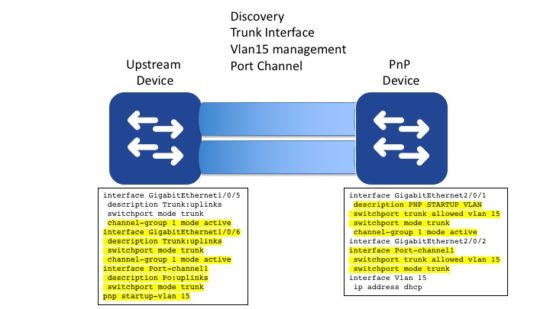 Initial State: PnP Discovery
Initial State: PnP DiscoveryThe port channel contains a single member.
switch#show int g2/0/1 etherPort state = Up Mstr Assoc In-Bndl Channel group = 1 Mode = Active Gcchange = -Port-channel = Po1 GC = - Pseudo port-channel = Po1Port index = 0 Load = 0x00 Protocol = LACPFlags: S - Device is sending Slow LACPDUs F - Device is sending fast LACPDUs. A - Device is in active mode. P - Device is in passive mode.Local information: LACP port Admin Oper Port PortPort Flags State Priority Key Key Number StateGi2/0/1 SA bndl 32768 0x1 0x1 0x202 0x3DPartner's information: LACP port Admin Oper Port PortPort Flags Priority Dev ID Age key Key Number StateGi2/0/1 SA 32768 7c95.f3bd.2a00 4s 0x0 0x1 0x106 0x3D Age of the port in the current state: 0d:00h:01m:57s In this case, all I need to do is configure the other port into the bundle.
int vlan 15ip address 10.10.15.200 255.255.255.0ip route 0.0.0.0 0.0.0.0 10.10.15.1int g2/0/2switchport trunk allowed vlan 15 switchport mode trunk channel-group 1 mode active
 Finial State: Post PnP Provisioning
Finial State: Post PnP ProvisioningThen the two ports will be in a bundle.
show int port-channel 1 etherchannel Port-channel1 (Primary aggregator)Age of the Port-channel = 0d:00h:09m:06sLogical slot/port = 12/1 Number of ports = 2HotStandBy port = null Port state = Port-channel Ag-Inuse Protocol = LACPPort security = DisabledPorts in the Port-channel: Index Load Port EC state No of bits------+------+------+------------------+----------- 0 00 Gi2/0/1 Active 0 0 00 Gi2/0/2 Active 0Time since last port bundled: 0d:00h:01m:49s Gi2/0/2Time since last port Un-bundled: 0d:00h:09m:03s Gi2/0/1
It is also possible to do discovery and deployment via the management interface. On a cat 9k with will be Gig0/0. This interface is in a different VRF, so you need to take that into account. The communication back to DNAC will be via this interface, as will the discovery that takes place one the device is provisioned. If you change over to inband management, you need to change the'ip http client source-interface'command to reflect the new interface. This could be a loopback, or an SVI.
Remember if you switch the source interface, it needs to have a route back to DNAC. This is also the IP address that will be used to add the device to the inventory.
The other challenge you may have is no access to DHCP. In this case ISR routers and 9k switches support a USB bootstrap. You can place a configuration file called 'ciscortr.cfg' on the root of a usb drive and the switch will execute those commands when it boots. This file needs to contain a way to get ip connectivity and the pnp profile for the device to connect to DNAC. Then the normal PnP process will take over.
vlan 15int vlan 15ip address 10.10.15.200 255.255.255.0ip route 0.0.0.0 0.0.0.0 10.10.15.1no shutpnp profile BOOTSTRAPtransport http ipv4 10.10.10.181 port 80
There are a number of other blogs in this series on PnP with Cisco DNA Center. You can find them here.
In the meantime, if you would like to learn more about Cisco DNA Center, you could visit Cisco DevNet. DevNet has further explanations about other Cisco DNA Center topics.
Thanks for reading.
@adamradford123
We'd love to hear what you think. Ask a question or leave a comment below.
And stay connected with Cisco DevNet on social!
Twitter @CiscoDevNet | Facebook | LinkedIn
Visit the new Developer Video Channel
 Горячие метки:
Циско центр ДНК
network automation
plug and play
Горячие метки:
Циско центр ДНК
network automation
plug and play